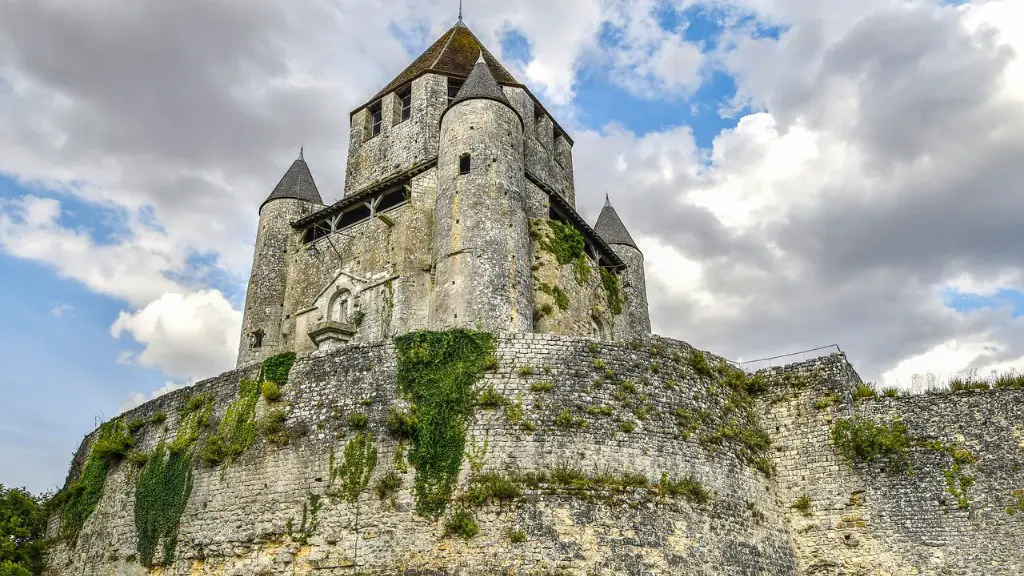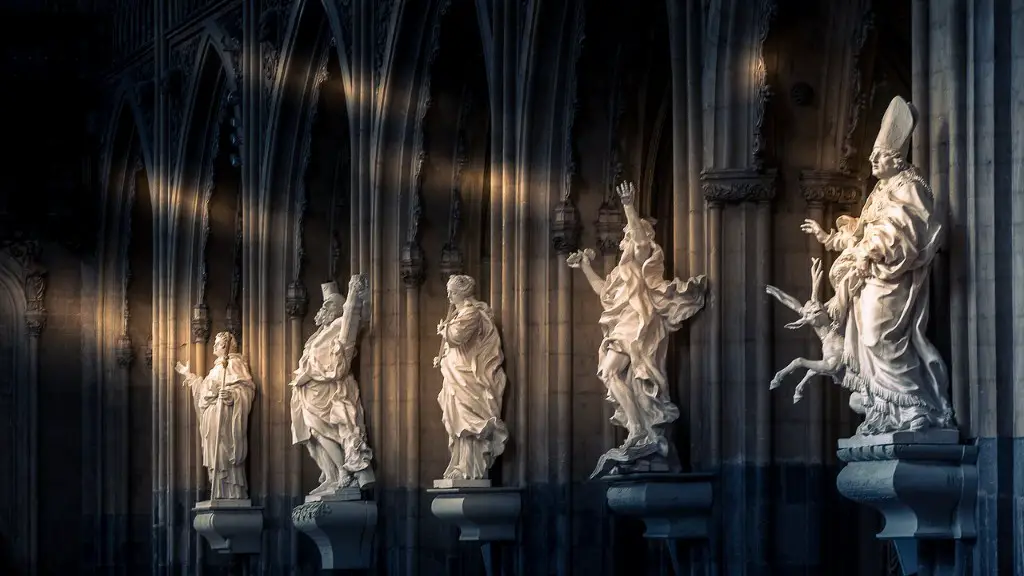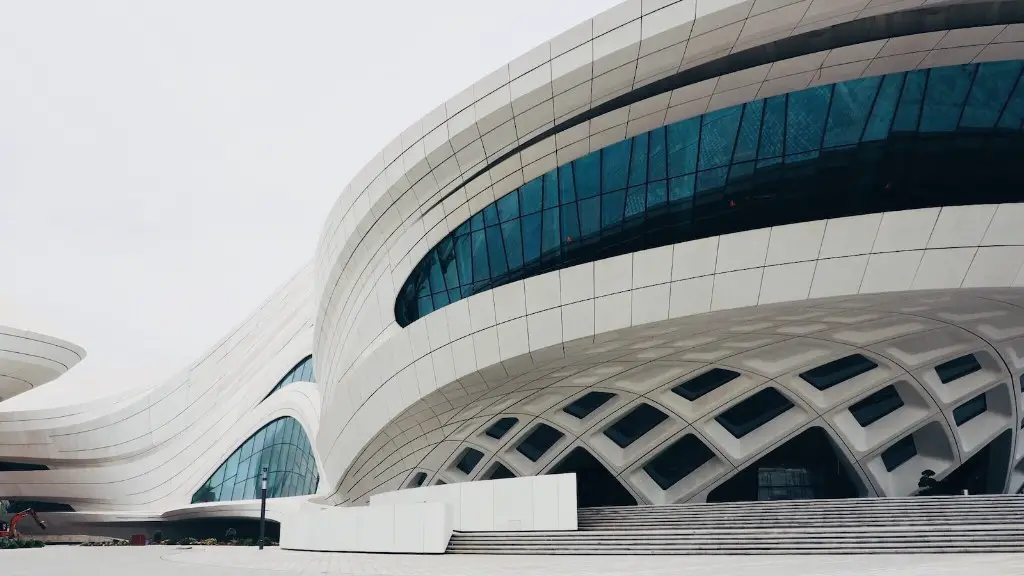The Evolution of Gothic Architecture
Gothic architecture is a type of art and architecture that originated in France in the 12th century and spread across Europe in the late middle ages and early modern period. It is characterised by pointed arches, large stained-glass windows, and intricate ornamentation, and while the style can be found in churches, cathedrals and other religious buildings, it is also reflected in civil and secular constructions. The origins of Gothic architecture are rooted in the rise of the medieval period, and its invention was a major step in advancing the engineering of large buildings.
The Pre-Gothic Period
Prior to the emergence of the Gothic style, Western architecture was largely a product of the classic Roman and Byzantine styles, brought to an end with the fall of Byzantium in the 11th century. This was followed by a period known as Romanesque, which had its own distinct architectural characteristics but was heavily inspired by Roman architecture. Characteristics of this period included the use of the classic arch and ribbed vault, as well as domes and semicircular arches.
The Emergence of Gothic Architecture
The Gothic style began to take shape around the 1150s, and the first fully-formed examples of the style appeared in France in the 1180s. It is widely believed that the inception of Gothic architecture was motivated by a desire to build tall, open and lightweight structures. Gothic builders added pointed arches, mass masonry and ribbed vaults to the traditional Romanesque style, allowing them to construct taller and sturdier buildings with less material. This opened up a range of possibilities in building design and also introduced a number of novel building techniques.
Why Gothic Architecture Was Successful
The success of Gothic architecture is often explained as a combination of its effects on art and functionality. Structurally speaking, the pointed arch allowed architects to construct taller buildings with less material, thus making them cheaper and more efficient. This newfound flexibility allowed for far more intricate designs, with elements such as flying buttresses, ribbed vaults and sculptured figures all contributing to the visual appeal of the architecture. Additionally, the large stained-glass windows allowed for churches and cathedrals to be filled with vibrant colours and exquisite patterns.
The Gothic Revival Movement
The Gothic Revival movement was a cultural phenomenon that began in 19th century England in response to the increasingly industrialised built environment. It was a reaction to the neoclassical styles favoured by the Enlightenment and embraced principles of medieval craftsmanship. The use of Gothic architecture reached its peak at the start of the 20th century, with the Anglican and Beau Style churches of the time becoming a testament to the movement’s influence. Today, Gothic architecture is found on some of the world’s most iconic religious and secular buildings and remains a staple of architectural canon.
The Impact of Gothic Architecture on Society
Gothic architecture had a profound influence on society at the time of its emergence and continues to do so today. It was considered a symbol of authority and power by those in the upper echelons of the Catholic Church, and its monuments became centres of worship and pilgrimage for devout Christians. It also helped to integrate the visual arts, architecture and philosophy of the day, creating a unified aesthetic and providing a platform for further artistic innovation.
The Relationship Between Gothic Architecture and Music
Gothic architecture and music are deeply intertwined, and some of the earliest pieces of music were composed to go hand-in-hand with large church structures. Chanting Gregorian and Renaissance music was often used as a means to pay homage to God and show devotion. Additionally, the powerfully resonant space of Gothic cathedrals was the perfect setting for the composition of music that was often large in its instrumentation, form and accompaniment.
The Impact of Gothic Architecture on Education
Gothic architecture’s widespread influence has helped to shape educational institutions and influence pedagogy in the modern era. Many universities and schools choose Gothic architecture as the backdrop for their campuses, which helps to create a feeling of reverence and knowledge. Additionally, the works of architects such as Viollet Le Duc have been used in the classroom as teaching tools, providing budding architects with invaluable knowledge that has helped to shape the modern architectural landscape.
The Influence of Gothic Architecture on Other Media
Gothic architecture has heavily influenced a number of forms of art, particularly the horror genre. Its dark, mysterious nature provides a sense of foreboding and creates an eerie atmosphere that has become an indelible part of cinematic horror. Gothic architecture has also featured heavily in literature, with some of the most renowned works of authors such as Bram Stoker and Edgar Allan Poe being set in Gothic settings.
The Role of Gothic Architecture in the Present Day
As a living art, Gothic architecture continues to play an important role in the 21st century. In addition to its widespread use in religious and secular buildings, it is often employed as a design language for contemporary architecture, particularly in the restoration of old buildings. Generally speaking, Gothic architecture still exerts a powerful influence on modern art, with its many elements becoming a powerful source of inspiration for artists and architects around the world.


